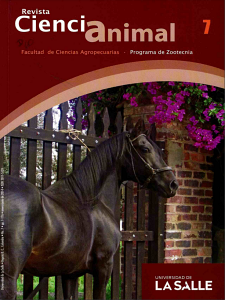Abstract
This reflection paper illustrates how part of the wild fauna resources in the country are handled according to the ex situ model, commonly called animal breeding, or, when using promising species, known as faunal promotion. Animal breeding in Colombia dates back to the eighties, when a few investors from the north coast, encouraged by the then Inderena, created farms with wild reptiles found in the province. Closed-cycle breeding thus began from the capture of breeders from the environment, known as “caza de fomento”. On the other hand, the cultivation of hydrobiological resources, particularly aquatic resources, where there is also a high biodiversity, is another production alternative known as aquaculture or fish farming, when emphasizing in fish species. This activity originated in Colombia in the late 1930s, when the country imported 100,000 fertilized eggs of rainbow trout (Oncorhynchus mykiss) destined for Las Cintas station, in Tota, Boyacá. Thus, fish farming was born, fortunately or unfortunately, with a species introduced and discussed from the environment, but currently with well-designed farms. The inclination for raising introduced fish seems to have been a practical and easy to implement route, as Asian carps were introduced into the country in the forties and African tilapia or mojarra by 1982, which are the current pillars of national fish farming.Downloads
Download data is not yet available.



